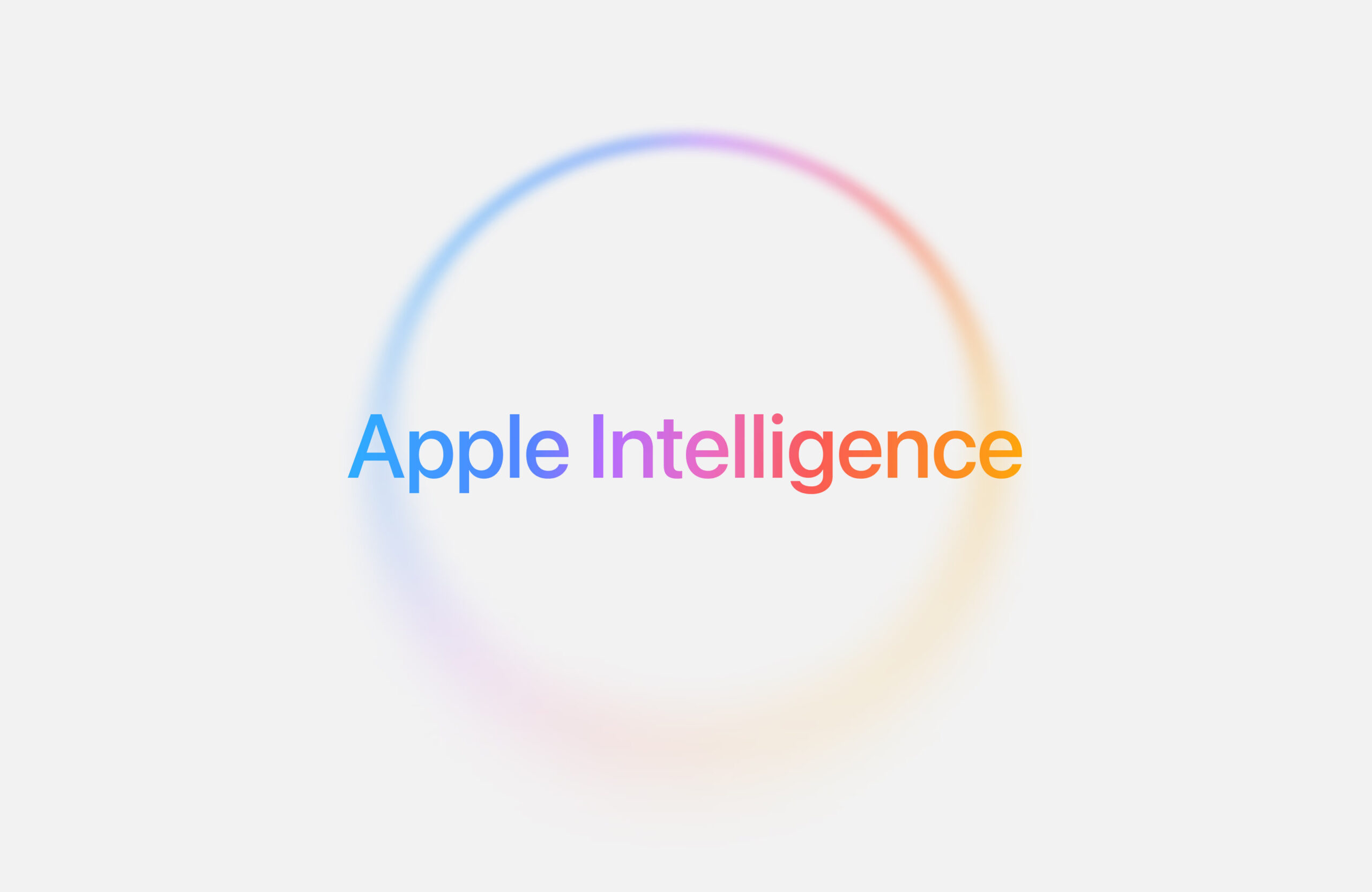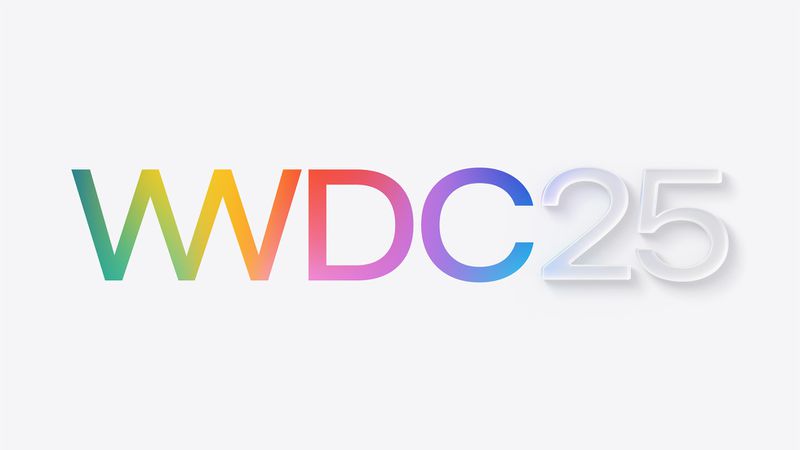Apple is wrapping up its newest software updates, with iOS 18.5, iPadOS 18.5, macOS 15.5, tvOS 18.5, and visionOS 2.5 now in the release candidate (RC) stage. This means they’re almost ready for everyone to use, likely launching to the public soon. These updates focus on making devices run smoother and fixing bugs, with a few small improvements.
For iOS 18.5 and iPadOS 18.5, there’s a new feature that lets older iPhones and iPads use satellite services, like T-Mobile’s Starlink partnership, for texting in areas without cell coverage. This was previously only available on newer models, so it’s a big win for older devices. The Mail app also gets tweaks, making it easier to turn off features like contact photos or email categories.
macOS 15.5 is getting ready for its public debut, with the RC version available for developers. It’s all about stability, ensuring your Mac runs reliably. Similarly, tvOS 18.5 and visionOS 2.5 are in the RC phase, focusing on performance for Apple TV and Vision Pro. No major new features are expected here, but they’ll make your devices work better.
Apple’s updates are tested thoroughly to avoid issues, and these RC versions are the final step before the public rollout. If you’re in Apple’s beta program, you can try them now, but they’re mostly about polishing things up. Expect these updates to hit your devices soon, bringing small but helpful changes.






